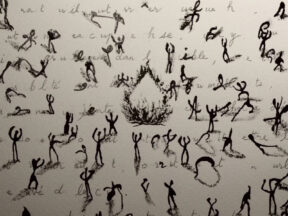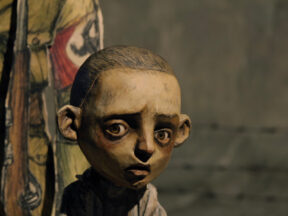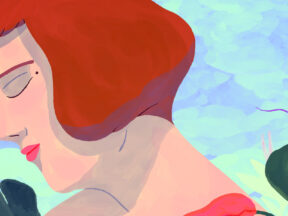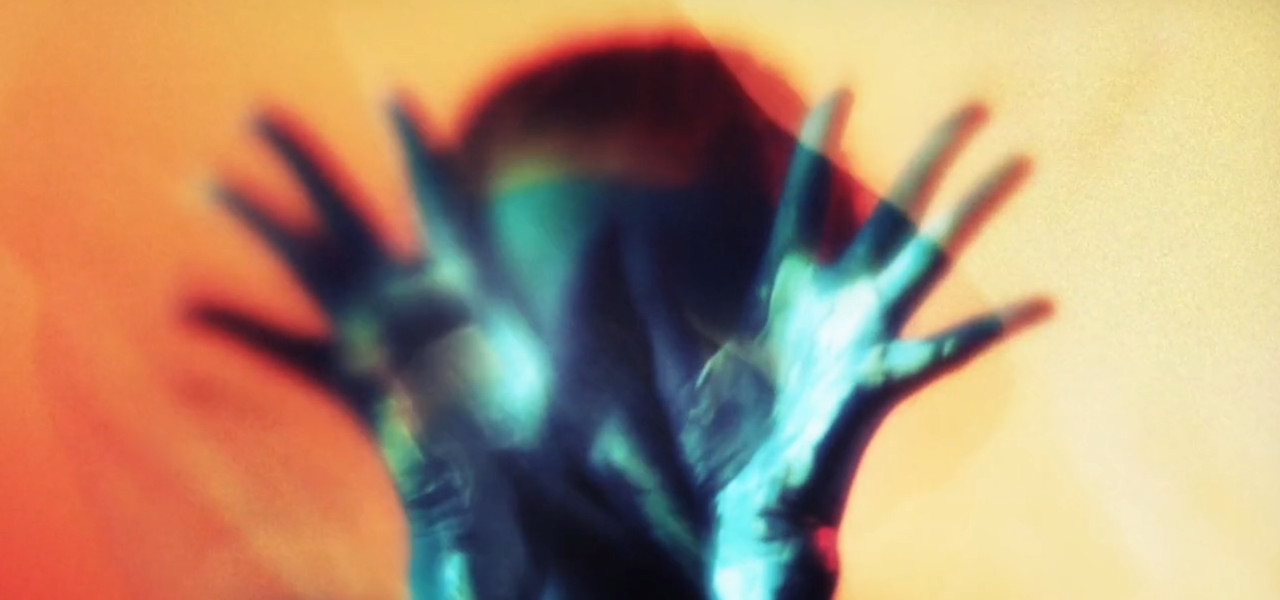
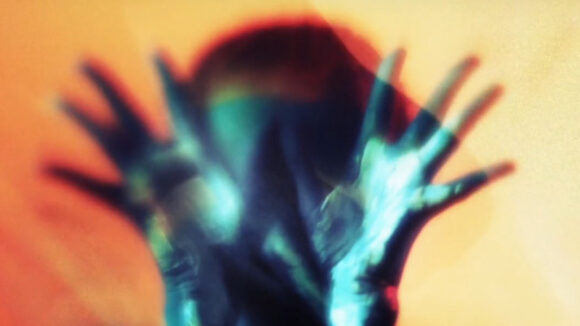
2024 Oscars Short Film Contenders: ‘Doubt’ Director Adela Križovenská
Welcome to Cartoon Brew’s series of spotlights focusing on the animated shorts that have qualified for the 2024 Oscars. There are several ways a film can earn eligibility. With these profiles, we’ll be focusing on films that have done so by winning an Oscar-qualifying award at an Oscar-qualifying festival.
Today’s short is Doubt from Adela Križovenská, made while she was a student at Prague’s FAMU. The film earned its Oscars qualification by winning the best Slovak animated short award at Fest Anča International Animation Festival.
A non-narrative video essay, Doubt uses the voices of four different artists from different fields to meditate on the various stages of the creative process. Numerous animation and live-action techniques blend to create a visual metaphor for several highly relatable themes such as uncertainty, imposter syndrome, and self-doubt.
Cartoon Brew: How did you identify the speakers and stories you wanted to include in the film? And what was the recording process like?
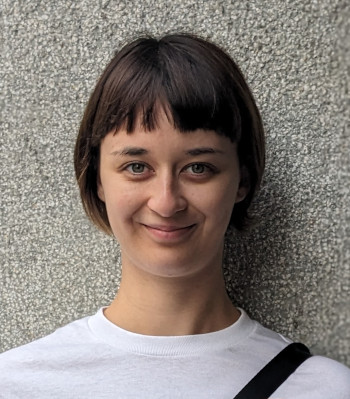
Adela Križovenská: At that time, I worked full-time on an Apple TV+ show called Foundation, where I met some insanely inspiring people. One of them was a production designer named Rory, who was also my boss, whom I picked for his strong creative influence and rich industry experience. Benjamin is a costume designer, also from the show, and I actually never met him, but we recorded a great long Zoom conversation. Kristyna and Nina are my really close friends whose stories I knew well. With my sound designer, Ondrej, we recorded very informal conversations with all of them in the studio. I wasn’t sure what I was looking for at the time, but during the editing process, everything got connected through the word “doubt.”
What was it about this story or concept that connected with you and compelled you to direct the film?
The idea for this film was born out of my own burnout. Before this movie, I was making a narrative character-driven cheerful short, but I ended up hating the process. And a lot of people around me had similar stories of despair in their creative lives. I was looking for an easy way to finish this bachelor’s film on time, so I gravitated towards using other people’s voices to tell what I needed to say. You could almost say that suddenly, I found a film that just needed to be put on a timeline. It felt very clear, and I knew exactly what to do.
What did you learn through the experience of making this film, either production-wise, filmmaking-wise, creatively, or about the subject matter?
This film taught me how to give up control of all aspects during the process. From the start, I knew I would not do a storyboard, nor would I open TV Paint. I was sick of frame-by-frame at this point. This led me to have other people helping me animate, and I learned how to trust them. The other thing I tried for the first time was creating the sound first and using it as a guideline. With my sound designer, Ondrej, we both really enjoyed this workflow, where he had a lot of space for his storytelling, and I didn’t feel the pressure of being a director. The whole process was super therapeutic, and honestly, I was doing it really just for the two of us.
Can you describe how you developed your visual approach to the film? Why did you settle on this style/technique?
The visual side of the film was heavily influenced by the short deadline and my working a full-time job. Everything had to be usable on the first go, but at the same time, I wasn’t stressed at all. I sat with Ondrej, listened to the piece of the sound or music he did, and we came up with visual ideas for it. I went to my studio and animated exactly what I had in mind. The genre of video essays with the voiceover is very forgiving, so it allowed me to focus on the aesthetics a lot. I didn’t want to overthink the meanings behind each shot. The film has five chapters, each following a mood that we set at the start. I was also connecting respondents using colors and symbols. As a therapeutic bonus on the side, I got to try a lot of techniques I had never used before. It almost seemed like cheating because it was suddenly all fast and not painful, unlike the “proper” hand-drawn stuff from before.

.png)
